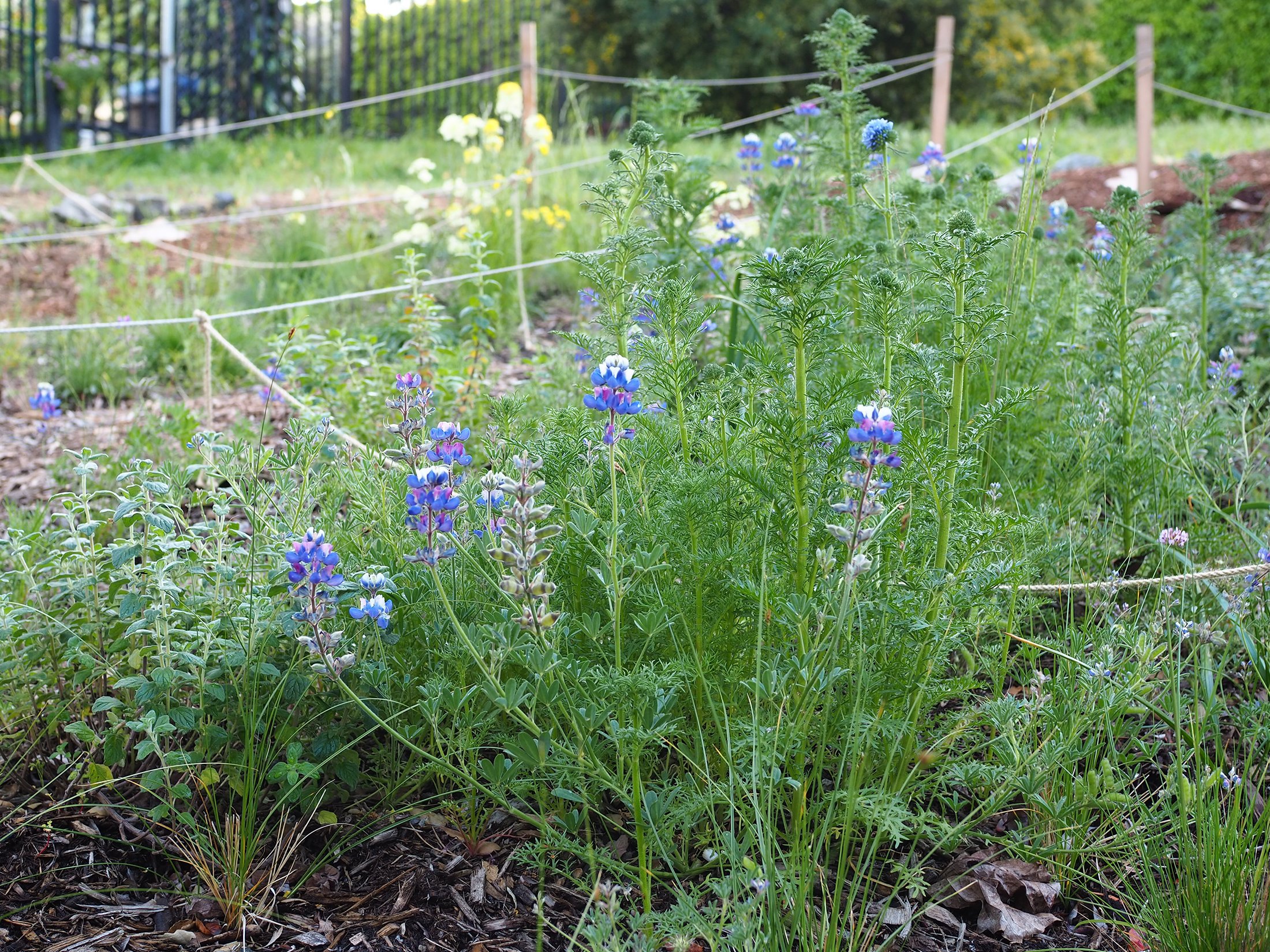
Contributor
- Topics: Archive
The first thing I do when perusing a new garden book, no matter what group of plants is featured, is to check for information about climate. No good gardener can function without understanding the climate in which he or she gardens; likewise, the best garden books acknowledge that climate is a key factor in successful gardening.
Carol Klein writes from her experiences in the United Kingdom, where this book was first published. On her own, she is clear about relating the different vegetables she writes about to the best climate for cultivation. Undoubtedly due to significant input from contributing editor Fiona Gilsenan, a West Coast-based (California and British Columbia) garden writer, Grow Your Own Vegetables is one that I can recommend for gardeners within Pacific Horticulture‘s region, from San Diego to Vancouver. Though the primary reference to climate is in regards to the USDA hardiness zones, the Sunset Western Garden Book’s climate zones are recommended for those gardening on the West Coast, where the USDA zones are of only minimal value.
With clear and succinct text, Klein addresses the reasons for growing your own food, discusses the principles of growing vegetables, and offers ideas for incorporating vegetables in even the smallest of home gardens. The body of the book is devoted to a chapter-by-chapter review of a remarkably complete selection of vegetables and greens that can be grown by the home gardener. The information is basic but thorough, of particular value for the gardener just getting started with vegetables, but useful for the gardener with some experience already.
Klein, with Gilsenan’s guidance, is direct in her recommendations of vegetables for different climates, including the summer-dry mediterranean climate and the mild-winter climates of the southern tier of states. She notes which crops can be grown through the winters and which need the heat of summer for success. She provides solid information on the timing of tasks for each vegetable, from planting to harvest. Each chapter includes a small selection of the cultivars available for the vegetable under discussion; with some, such as tomatoes, that selection is far from complete, but it’s a good start.
Richard G Turner Jr, editor
Share:
Social Media
Garden Futurist Podcast
Most Popular
Videos
Topics
Related Posts

January Showers Bring February flowers…
Fall 2022 It may not quite have the same ring to it as the old English proverb, but it has a lot more truth to

Healing Gardens
Spring 2022 Emily Murphy believes gardens hold the key to saving our health, our communities, and our planet. In her new book Grow Now Murphy

Your Keystone Plant Matrix with Garden Futurist Doug Tallamy
Spring 2022 Listen to the full Garden Futurist: Episode XIV podcast here. If you take Keystone plants out of your local food web, the food

A Botanical Force
Listening to Alice Doyle recount the origin stories of Log House Plants’ most popular introductions, educational campaigns, and innovative collections is a great way to









Responses